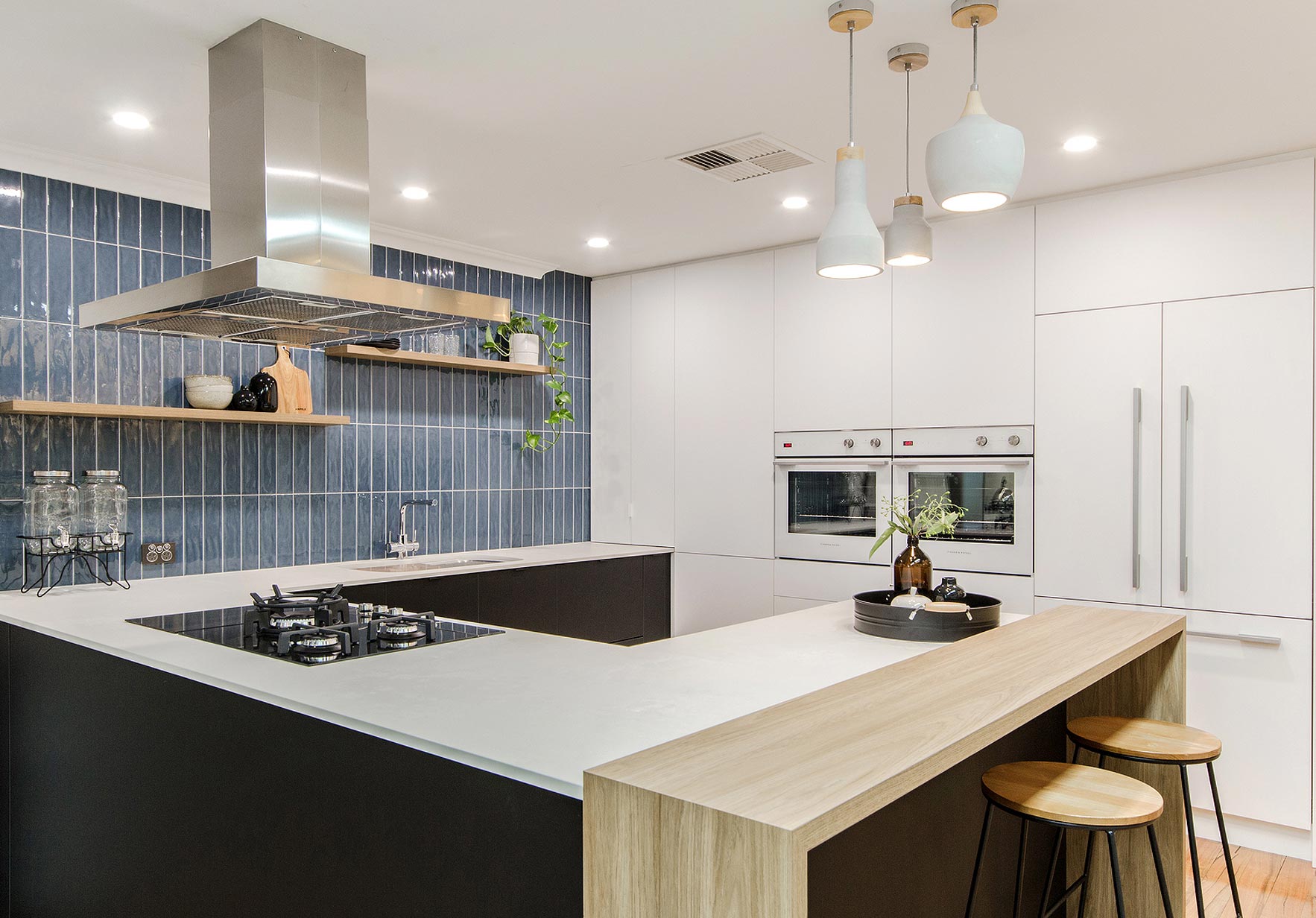Remodeling your kitchen can be an exciting yet daunting task, particularly when it comes to budgeting. It’s often considered the centerpiece of the home, where family and friends gather, making it functional and beautiful is essential. However, understanding the costs associated with a kitchen renovation will assist you in making informed decisions and ensuring your project remains on track financially.
In this article, we’re going to break down the various elements of your kitchen renovation budget and provide you with the ultimate guide to planning the kitchen of your dreams. From selecting the right materials and appliances to understanding the effects of design choices, we will cover everything you need to know to create a space that not only appears great but also fits your financial plan. Whether you are aiming for a full remodel or simply updating specific features, it becomes crucial to have a clear understanding of the costs involved.
Planning for Your Culinary Renovation
When planning a kitchen renovation, understanding your budget is crucial to prevent overspending and ensure a successful project. Start by establishing a feasible budget range depending on the size of your kitchen, the extent of the renovation, and your personal financial situation. Account for all potential costs, including materials, labor, appliances, permits, and unexpected expenses. It's prudent to reserve an additional 10 to 20 percent of your budget as a buffer for unforeseen issues that may arise during construction.
After finalizing your overall budget, break it down into categories such as cabinetry, countertops, appliances, flooring, and fixtures. This allows you to allocate funds based on priorities and ensures that you don’t overlook any essential elements. Investigate the costs for each category and adjust your budget accordingly. For instance, if you're leaning towards high-end materials for countertops, you may need to cut costs in other areas, such as choosing more affordable cabinetry or fixtures.
Keep in mind that kitchen renovations can be as simple or complex as you wish, and it's essential to strike a balance between quality with affordability. Assess whether you prefer to take a DIY approach to reduce money or invest in professionals for specific tasks, such as plumbing or electrical work. Each decision will impact your overall budget, so evaluate the benefits and drawbacks carefully. Focusing on what is most important to you in your kitchen renovation will help ensure you remain within your budget without sacrificing your vision.
Choosing the Right Style and Materials
Choosing the right style for your cooking space demands careful thought of your personal preferences and the functionality of the space. Contemporary kitchens often feature sharp lines and simple elements, while classic designs can include ornate details and warm hue palettes. Consider how you utilize your cooking space daily and what visual appeals to you. This is sure to guarantee that your remodel shows your preferences and meets your cooking and entertaining needs.
When it comes to ingredients, excellence should be at the forefront of your decisions. Counters, cabinetry, and flooring all add to the overall appearance and durability of your cooking space. Quartz and natural stone are common options for tops, with engineered stone providing a varied selection of colors and patterns, while granite offers a distinctive and authentic finish. For cabinetry, you can choose between custom and pre-fabricated choices, each with its own advantages. Considering your budget and the durability of materials will help you design a space that not only looks fantastic but will withstand the test of time.
Lastly, do not overlook the impact of lighting and fittings in your cooking space design. The right illumination can change a space, making it more inviting and functional. Think about a combination of ambient lighting and task lighting, such as pendant lights over an island counter or under-cabinet lighting for countertops. When selecting tap fittings and devices, seek out energy-efficient choices that align with your style theme. Each decision you select should enhance the overall concept for your kitchen while maintaining efficiency and style.
Maximizing Usability and Aesthetics
Building a kitchen that is both efficient and stylish is key to a successful renovation. To realize this, think about your kitchen design carefully, as the organization of devices, storage, and workspaces can considerably affect its functionality. Utilizing an open layout can create a more social atmosphere, while effective work triangles between the sink, stove, and refrigerator can enhance everyday cooking activities. Careful design, combined with ample storage options, will guarantee your kitchen looks great while being practical.

When it comes to aesthetics, picking the right color scheme and finishes can transform your kitchen into a environment that represents your unique style. go to this web-site with striking accents can create a classic look, while contemporary designs might incorporate lively hues and innovative materials. Do not overlook the importance of combining textures; for example, combining sleek surfaces with warm wooden cabinetry can bring depth and dimension. Taking the time to choose elements that harmonize will elevate your kitchen’s overall look.
At last, think about the finishing touches that can boost both functionality and style. Illumination plays a key role in creating the mood and enhancing task areas. Pendant lights over an island or under-cabinet lighting can add warmth and emphasize your design choices. Choose fixtures and accessories that complement your overall style, and prioritize quality appliances that not only perform well but also add to the look. By emphasizing these elements, you can create a kitchen that is not just practical but also a enjoyable space to appreciate.
